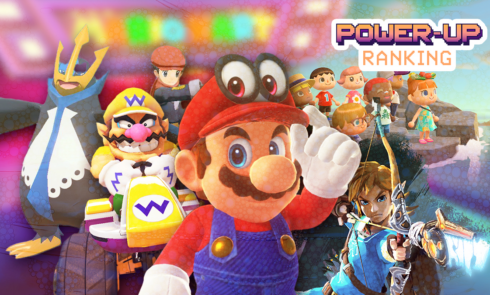Weekend Favs January 4th written by John Jantsch read more at Duct Tape Marketing
My weekend blog post routine includes posting links to a handful of tools or great content I ran across during the week. I don’t go into depth about the finds, but I encourage you to check them out if they sound interesting. The photo in the post is a favorite for the week from an online […]
Stop Killing Ideas! Use “Yes, And” Instead of “No, Because” written by John Jantsch read more at Duct Tape Marketing
The Duct Tape Marketing Podcast with Duncan Wardle
In this episode of the Duct Tape Marketing Podcast, I interviewed Duncan Wardle, former Head of Innovation and Creativity at Disney, who shared his strategies for embedding innovation and creativity into organizational culture. Duncan has spent decades fostering innovation in some of the world’s most iconic brands, including Disney Imagineering, Pixar, and Lucasfilm. His fresh approach emphasizes breaking free from traditional thinking, fostering playful leadership, and reframing challenges to create breakthrough solutions.
During our conversation, Duncan highlighted the power of replacing the dismissive “No, because” mindset with the collaborative “Yes, and” approach. This simple shift not only encourages creative thinking but also transforms individual ideas into collective solutions that are more likely to succeed. By fostering a culture of playful leadership, embedding innovation into the DNA of teams, and solving consumer pain points with reframing strategies, leaders can drive sustainable growth and cultivate organizational creativity.
Key Takeaways:
- Adopt the “Yes, And” Mindset
Replace “No, because” with “Yes, and” to foster collaborative brainstorming and build on ideas instead of shutting them down. - Reframe Challenges for Better Solutions
Instead of asking, “How can we make more money?” reframe questions to solve consumer pain points, like Disney did with their Magic Band innovation. - Leverage Playfulness to Unlock Creativity
Incorporate playful leadership techniques, such as short energizers and humor, to shift teams into a creative and problem-solving mindset. - Embed Innovation into Your Culture
Avoid isolating creativity in specific teams—empower all employees to think innovatively as part of their roles. - Look Outside Your Industry for Inspiration
Borrow ideas and technologies from other industries to inspire creative thinking and problem-solving. - Reclaim Imagination and Creativity
Break free from the constraints of traditional education and encourage curiosity, intuition, and imagination in your workplace.
Chapters:
- [00:09] Introduction to Duncan Wardle
- [01:00] Defining Innovation and Embedding a Culture of Creativity
- [03:12] Embracing Innate Creativity
- [04:48] The Future of Employability
- [09:38] Collaborative Brainstorming Exercise
- [12:43] Unlocking Creativity through Playfulness and Collaboration
- [17:01] River of Thinking and Innovation
More About Duncan Wardle:
- Check out Duncan Wardle’s Website
- Connect with Duncan Wardle on LinkedIn
- Read The Imagination Emporium: Creative Recipes for Innovation by Duncan Wardle
This episode of the Duct Tape Marketing Podcast is brought to you by
Want to elevate your marketing game? AdCritter pairs Connected TV ads with precise digital retargeting to drive real results. Discover how their full-funnel strategy can help your business grow smarter. Let them know Duct Tape Marketing sent you, and you’ll get a dollar-for-dollar match on your first campaign! Learn more at adcritter.com.
John Jantsch (00:01.89)
Hello and welcome to another episode of the Duct Tape Marketing Podcast. This is John Jantsch. My guest today is Duncan Wardle. He’s the former head of innovation and creativity at Disney. Duncan played a pivotal role in fostering innovation across Imagineering, Lucasfilm, Marvel, Pixar, and Disney parks, crafting enchanting new storylines and experiences. He’s also the author of a book we’re going to talk about today, The Imagination Emporium.
Creative recipes for innovation. So Duncan, welcome to the show.
Duncan (00:34.324)
Thank you, thanks very much for having me.
John Jantsch (00:36.074)
So one of my viewers, listeners, not viewers, won’t be able to know this, but one of my favorite characters is Goofy. You’ve got him right there behind you.
Duncan (00:46.794)
Yeah, so yes, these are hand-painted. It’s not an illustration. Yeah, they were created a few years ago now.
John Jantsch (00:55.106)
Very, very cool. So there was a book I read right when I was getting started, actually, that was very influential on me. was written by Peter Drucker and one of the comments in there was that he said that the only two things in business that matter are marketing and innovation. Everything else is a cost. I think a lot of people quote that and I’ve heard that phrase many times, but I’m wondering, like,
If we asked 10 people what innovation actually was at a company, I think we would get maybe 11 or 12 definitions. So how do you frame the idea of innovation? mean, it’s very large concept.
Duncan (01:32.57)
Yeah, crystal clear. Creativity is the ability to have an idea. We can all do that. We do it every day. Innovation is the ability to get it done. The challenge for most of us is the more experience, the more expertise we have, the more reasons we know why the new idea won’t work. So we constantly shoot it down. I call it our river of thinking. And it’s very fast and very wide and very allowing you and me to make quick and informed decisions. But in the last four years, we’ve seen global pandemics.
John Jantsch (01:39.394)
Yeah, yeah, yeah. Nice.
Duncan (01:58.762)
We’ve seen Generation Z entering the workplace but doesn’t want to work for corporate America. We’ve got artificial intelligence entering the marketplace. And what was the fourth one? There’s four of them. Global pandemic, Generation Z entering the workplace, artificial intelligence. Doesn’t matter. The world’s changed, right? And it’s changed irrevocably. We can’t go back to thinking the way we thought four years ago. And so, you know, Disney, I tried four models of innovation. Model number one.
I hired somebody who knew what they were doing. I said, make me look good. That was an agency. And to a certain extent, they did. They were never around for execution. And they certainly weren’t going to show me how they did what they did, or they were worried I wouldn’t hire them again. Model number two, we’re creating an innovation team. Duncan will be in charge. What could possibly go wrong? Well, outside of legal, who does legal work? Outside of marketing, who does marketing work? Nobody. So when you create an innovation team, you subliminally just told everybody else you’re off the hook.
We tried an accelerator program which created some level of access enabling us to partner with some young tech startups and bring some new technology to market. But we had failed in our overall goal, which was set by the CEO of Disney, was how might we embed a culture of innovation and creativity into everybody’s DNA. So I set out to create a toolkit that has three principles. It takes the BS out of innovation and makes it less intimidating to normal, hardworking people.
Make creativity tangible for those people who are uncomfortable with ambiguity and gray. Fun, more importantly, make the process fun. Give people tools they choose to use when you and I are not around.
John Jantsch (03:31.062)
All right, so and I’m sure you hear this all the time. I know you’ll have a great answer for this, but what do do in those organizations or individuals who we know there are lots of them, but say, I’m just not creative. Yeah.
Duncan (03:44.488)
Yeah, I disagree. I’m sorry. Look, let me ask you question. When you were a small boy, what was your favorite toy?
John Jantsch (03:54.094)
Probably a stick.
Duncan (03:55.594)
See what why because the stick was your lightsaber. That’s why it was your wand It was anything you wanted it to be and we were all born creative with an amazing image when you were given a gift for a holiday and it came in an enormous box and it took you ages to take the toy out of the box what do you spend the rest of week playing with Yeah, the box right it was your rocket it was your force it was your cart It was anything you wanted to be till you went to the number one killer of creativity Education and the first thing your first grade teacher told you to do was don’t forget to color in between the lines
John Jantsch (04:10.798)
The fort.
John Jantsch (04:20.044)
Right.
Duncan (04:24.586)
Small children, they’re very curious. ask why, why, why, why, why again? Because they’re seeking the core consumer truth. They’re after the insight for innovation. If I were to survey 5,000 people and ask them why they go to Disney on holiday, the number one response I’ll get is we go for the new attractions. But that’s not strictly true, is it? So if I were to rely just on my data, I’d go spend $250 million on a capital investment strategy. But if I pause for a moment and I act childlike, not childish, and say, well, why do you go for the new attractions? Well, now I like the classics. Why do you like the classics? Well, I like it’s a small world.
Why do you like it? a small world. Why remember music? God, no, not the music. Why the music? Where’s my mum’s favourite ride we used to go every summer? Why is that important to you 20 years later? I’ll take my daughter now. Boom. There’s your insight for innovation. Call consumer truth. It’s got nothing to do with the capital investment strategy and everything to do with that person’s personal memory and nostalgia. But then we go to the number one killer of curiosity, education. And the next thing we’re taught to do is to stop asking why, because there’s only one right answer. Here comes artificial intelligence, right?
You think we used to laugh at the blue collar workers? Well, guess what? They’ll be laughing at the white collar workers now. But I’ve been working with Google on their DeepMind project, which is their AI project. And I asked the lead engineer what I said, how the hell am I going to compete with this? You know, what will be the most employable skill sets the next five to 10 years? And she said, that’s easy. The ones that will be the hardest for her to program into AI. I said, well, what are those? says, the ones with which you were born, imagination, creativity, curiosity, empathy, and intuition. But they’re drummed out of us by the time we’re 18.
That’s the challenge.
John Jantsch (05:51.81)
Yeah, Of course, having some handy set of plumbing skills will become very necessary too though, It is.
Duncan (06:00.52)
No seriously hands-on workers absolutely fine. look I set out here’s why people say why do you write a book. Let me ask you quite an honest question here. When you see a business book in an office physically where is the book?
John Jantsch (06:15.022)
laying on a desk.
Duncan (06:16.616)
Yeah, there you go. it’s on the coffee table. It’s on the bookshelf. I’m going to get to it tomorrow, but my boss needs this now, so I actually never read it. I have good intentions to read it, but I don’t. So I thought, OK, how do I make it more accessible to people who’ve got other things to do? I thought, what nonfiction book have I ever read where I could read one page today and know exactly what I was going to do and not worry about the rest of the book today? My mum’s cookbook. You want shepherd’s pie? You got to pay 67. So the contents page is designed for busy people. It says, have you ever been to a brainstorm where nothing ever happened?
Go to page 67. Don’t know how to find insights for innovation? Go to page 42. Work in a heavily regulated industry? Go to page 67. So it’s designed to be very accessible, but it’s also designed to appeal to what I call the three sensory learning styles. So let me ask you a question. May I ask you to close your eyes for just a moment?
How many days are there in September? I would ask you to keep your eyes closed and tell me how you knew, how you remembered, how you learned or what you could see with your eyes closed right now. Bingo, you can open your eyes. 30 % of the people will recite the rhyme. 30 days has September, blah, blah. No, it’s true. And so they just told me they learn by listening. They probably read a lot. It’s an auditory style. How do I know that? Because they were six when they learned it. How did they remember it? Because they heard it. Another 30%.
John Jantsch (07:07.502)
30.
John Jantsch (07:15.626)
see a calendar.
John Jantsch (07:21.856)
Yeah, yeah.
Duncan (07:33.502)
Put the knuckles together and start counting the knuckles. January, February, March, April, May, June, June
Recommended Story For You :
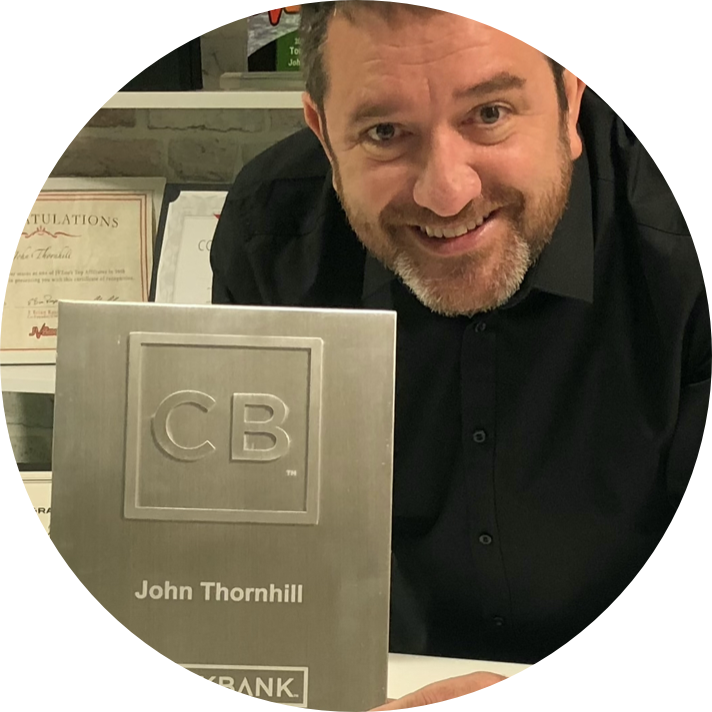
How To Make $3493 Commissions Without Doing Any Selling

Successful dropshippers have reliable suppliers.
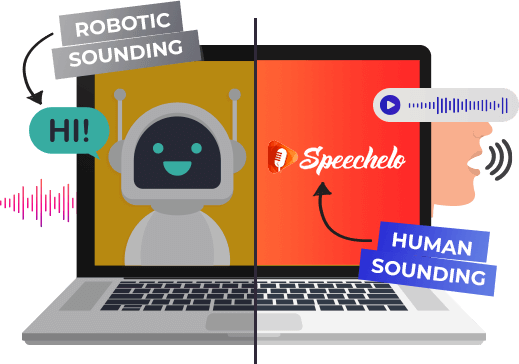
People Think I Use A Professional Voiceover Artist. NO! I Just Use Speechelo!

Make Money Testing Apps On Your Phone Or Tablet

Make More Money or Lose Everything
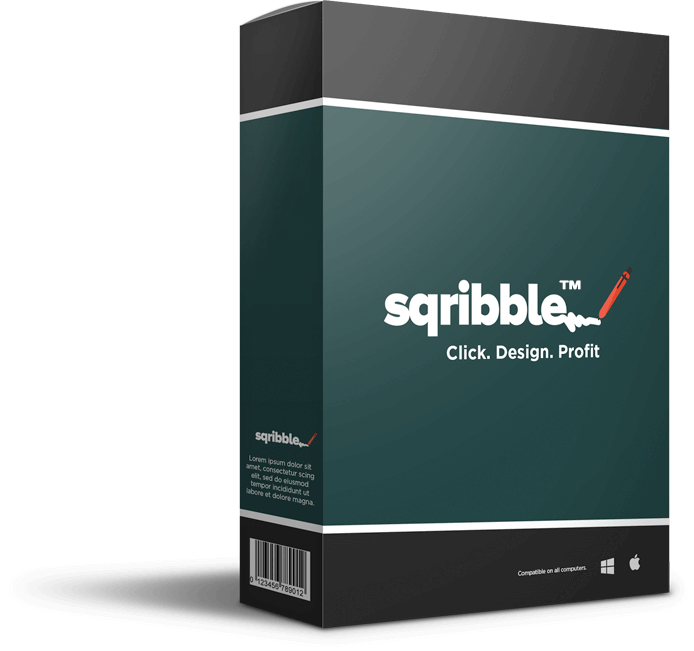
Sqribble Is The ONLY eBook Creator You’ll Ever Need.

Work & Earn as an Online Assistant
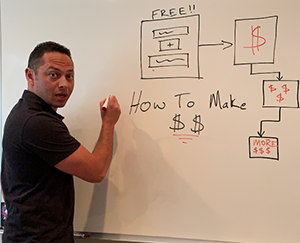
Create Ongoing Income Streams Of $500 To $1000 Or More Per Day


